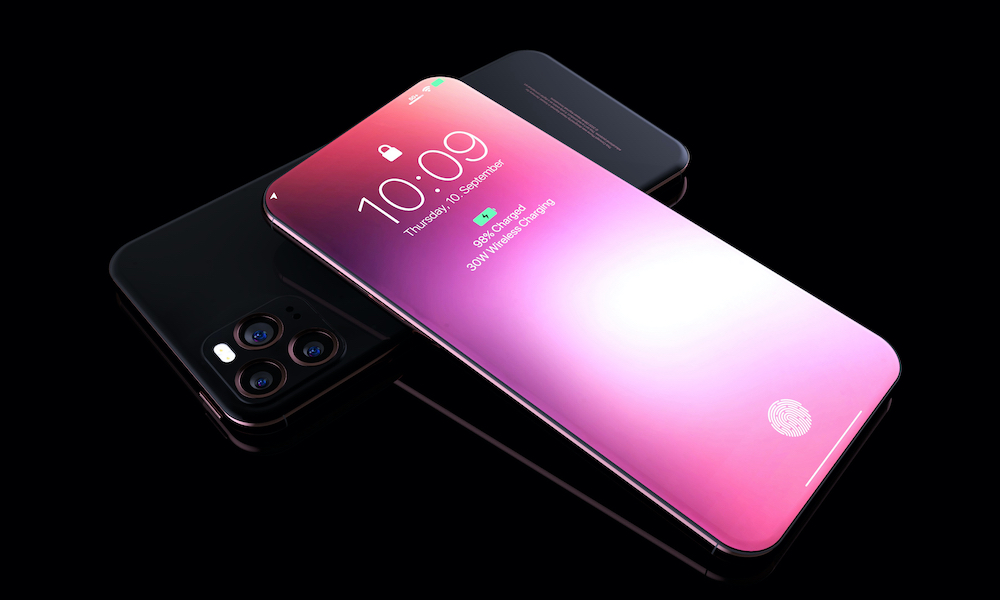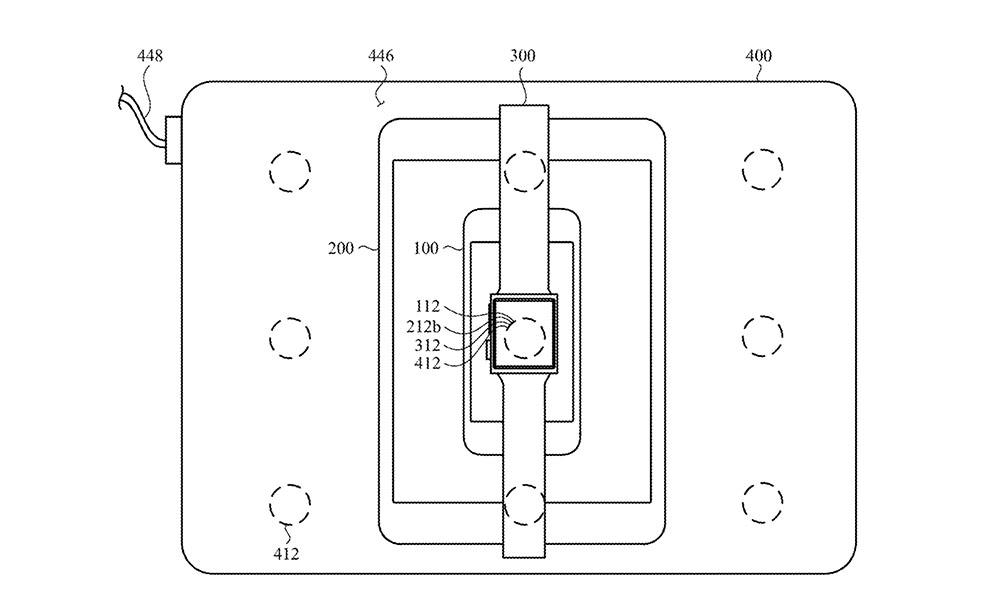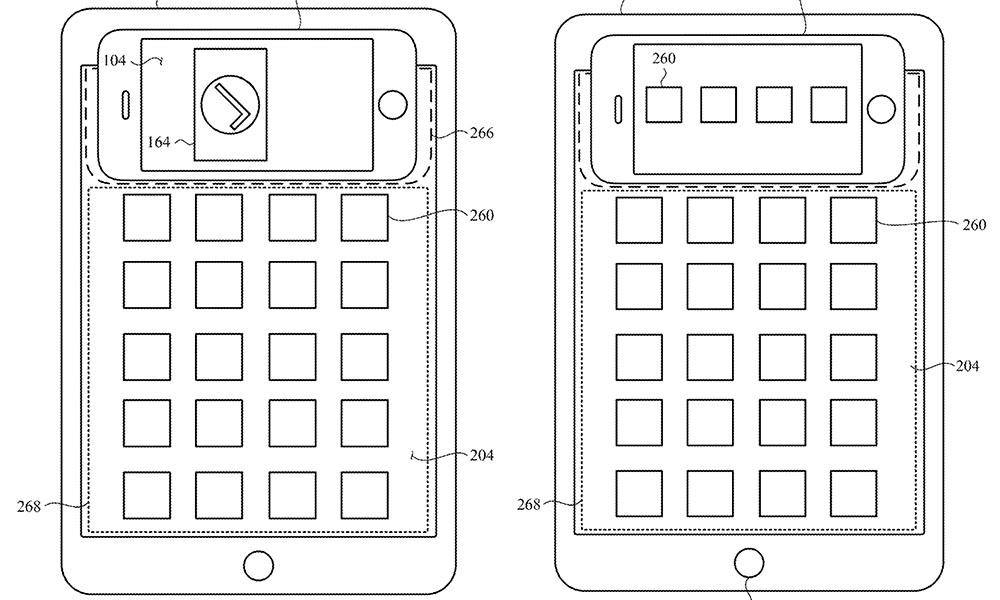You May Soon Be Able to Charge Your iPhone Just by Putting It on Your MacBook or iPad
 Credit: Hasan Kaymak
Credit: Hasan KaymakToggle Dark Mode
As Apple continues to step boldly into a wireless future, it’s continuing to look at even more ways to help users keep their mobile devices juiced up while on the go, and now a new patent reveals that Apple is working to let MacBooks and iPads double as inductive chargers.
While it’s not the first time we’ve heard of Apple working on device-to-device charging — reliable reports suggested it was coming to the iPhone 11 last year, but that never happened, and while it looks like Apple has actually baked something into the iPhone 12 for some as-yet-unannounced Apple device, you still can’t just drop your AirPods case onto the back of an iPhone to juice them up.
However, the idea of using a MacBook or even an iPad to handle this seems much more plausible, since not only do these devices pack in higher-capacity batteries, but they’re also much more likely to be used while plugged in, and of course, you can already charge other devices from their USB ports over a wired connection.
In fact, many users don’t realize this, but Apple’s recent iPad Pro and latest iPad Air models already allow you to charge an iPhone, AirPods, or just about any other mobile device from the USB-C port.
According to a new patent uncovered by Patently Apple, however, it looks like Apple plans to extend this to full two-way wireless charging, or, as the patent title puts it, Inductive charging between electronic devices.
The technique, which is also known as reverse charging, has apparently been in the works since at least 2016, when Apple originally filed the patent, but with the advent of MagSafe on the iPhone 12 lineup and Apple’s new extremely power-efficient M1 processors it looks like the time may be ripe for its arrival.
The proposed implementation seems fairly obvious, involving placing one or more charging coils in key locations, such as on the MacBook wrist rest area in front of the keyboard, but according to the figures included in the patent, Apple could take it well beyond, with charging coils located under the trackpad, and even in the lid so that devices could be charged simply by placing them on top when the MacBook is closed.
This would effectively turn the MacBook into one big charging pad, and while Apple tried that with AirPower — and failed — it’s a problem that’s much more easily solved when working with MagSafe devices, since they can “lock on” to a specific coil, providing maximum charging efficiency without having to deal with multiple overlapping coils.
What’s fascinating here, however, is that the system goes beyond just letting the bigger device like a MacBook charge a smaller device like an iPhone.
The system outlined in this latest patent is fully bidirectional, allowing devices to both transmit and receive power (although obviously not at the same time).
This means that you could theoretically use your iPhone 12 Pro Max to add an extra bit of juice to a MacBook or iPad; users would either be able to choose which way the charging flows, or it may simply be determined automatically based on which device has more power remaining.
In fact, it looks like what Apple is ultimately going for here is an entirely modular system that would involve placing MagSafe-attachable charging coils in multiple locations on each device to allow for various permutations and combinations for exchanging power between Apple devices.
For example, at one point the patent talks about using coils located on both the front and back of an iPad so that it could be wirelessly charged from one side while simultaneously charging another device sitting on top of it. This would allow users to basically stack up their devices on top of a single wireless charger to juice them all up at the same time — an illustration even shows this in action, with an Apple Watch, iPhone, iPad, and MacBook all stacked on top of each other, each charging from the device below, with the MacBook plugged into a normal wired power source.
The patent also goes into the software side of things, offering the kind of intelligent visual feedback that was proposed for AirPower and that we’ve already seen with Apple’s iPhone 12 MagSafe system, allowing charging status to be displayed and shared between all the devices in the cluster.
The patent goes beyond simply offering up power status, however, by suggesting that devices could adapt their displays based on what’s on top of them, so that an iPad with an iPhone on top would avoid displaying any information in the covered area, and in a particularly novel implementation, the iPhone could even display what would otherwise be shown on the obscured part of the iPad screen.
Of course, as with all Apple patents, there are no guarantees that we’ll ever see any of these ideas implemented, much less all of them, but it does give us some insight into how Apple is thinking, and when it comes to wireless charging, it’s an area in which the company has expressed a lot of interest, with a portfolio of over 40 patents specifically around methods and ideas for inductive charging.









